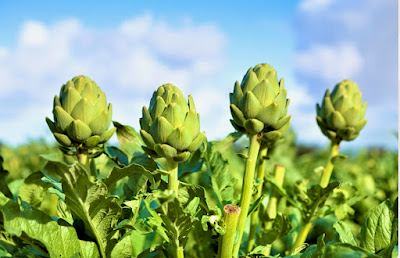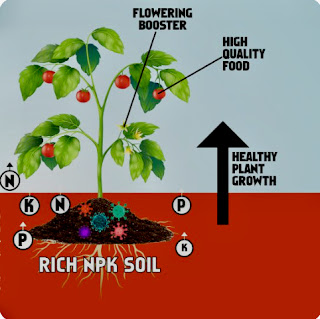Let's talk weeds - half a dozen good and six of the other type

Garden Weeds - half a dozen good and six pesky ones Technically, the term weed is used to describe any plant that is unwanted and grows or spreads aggressively among cultivated plants, depriving them of space, sun, water, nutrients, etc. Let's take a closer look at the following 12 weeds most commonly found at the Willowgate Community Garden in Mountain View, California, all of which propagate easily - either by self-seeding or sending runners. Half a dozen beneficial weeds 1. Purslane ( Portulaca oleracea ) is a fast-growing ground-hugging annual plant whose seeds spread with the wind. The succulent leaves have a slightly tart or sour and salty taste and are used in many cuisines around the world, especially in salads, soups, stews, and tomato sauces. 2. Italian parsley ( Petroselinum sativum ), also known as flat-leaf parsley, is a very hardy leafy green biennial herb with serrated leaves and a fresh, slightly peppery taste. It's often used as a garnish, but it can also...




